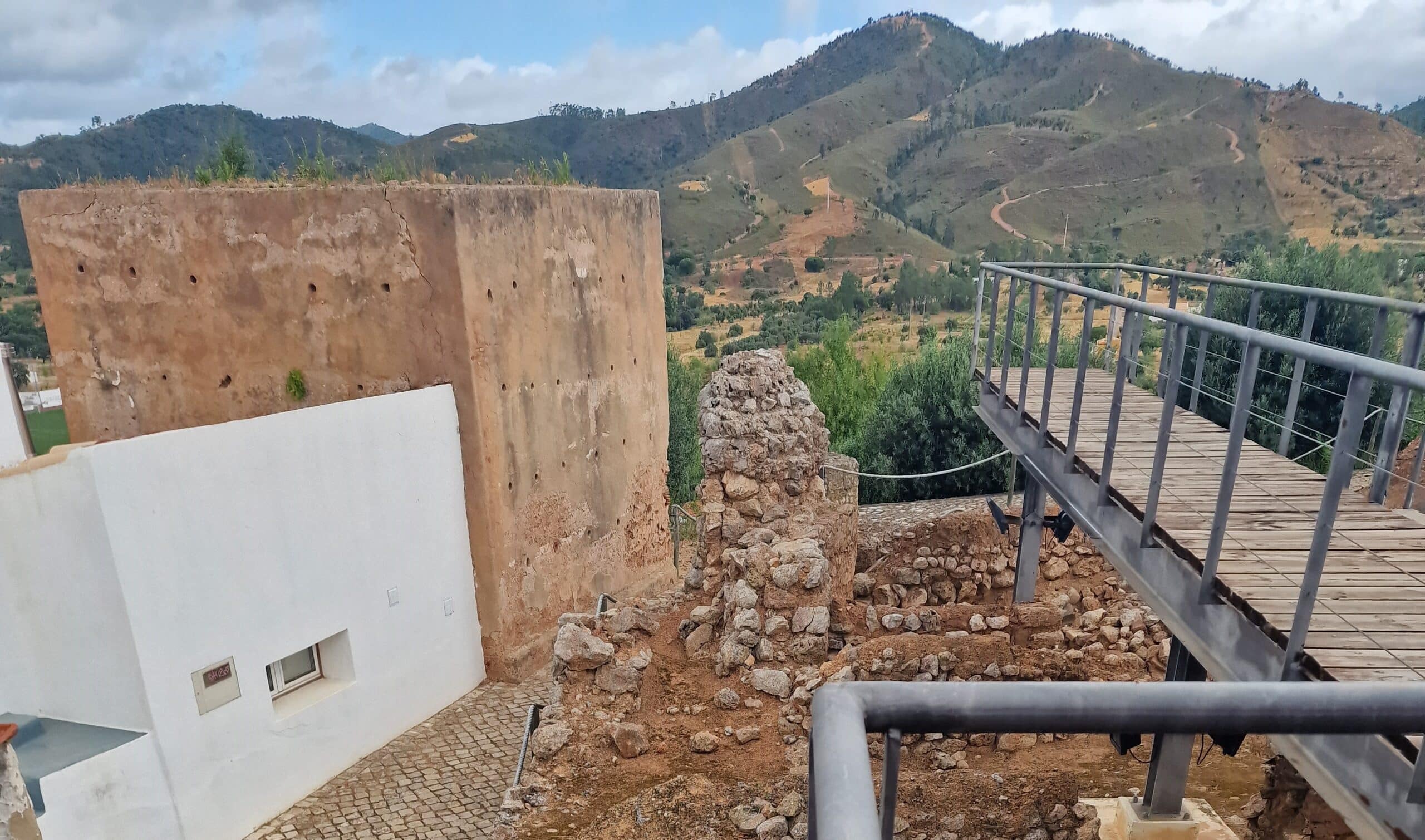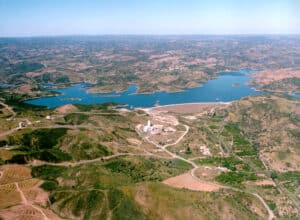Salir Castle played a key part in the Algarve’s history
The Algarve’s regional development commission (CCDR) and Loulé municipal council have made a joint proposal to name Salir Castle a “monument of public interest”.
The castle, which dates back to the 12th century, is located around 16 kilometres from Loulé in the parish of Salir and was built during the Moorish occupation of the Algarve.
The proposal has already been sent to Património Cultural, I.P., the entity responsible for managing Portugal’s cultural heritage.
Loulé council is championing the idea, aiming to secure public ownership of the site in order to “enhance the castle’s cultural and identity values,” given that it serves as a “testament to medieval Islamic and Christian architecture”, particularly within the “category of defensive structures.”
Meanwhile, CCDR Algarve has stated that the castle is of “great historical and cultural value” and provided a summary of its history.
“Salir Castle is a fortification of Islamic origin, probably dating back to the 12th century, and it may have been part of the fortifications that were rebuilt during the Almohad period to defend Loulé and protect the settlements of the rural region,” the regional development commission says.
According to historical records, it was at the castle where D. Paio Peres Correia awaited the arrival of King Afonso III. The monarch’s journey southward through the Algarve mountains marked a decisive moment in the Christian reconquest of the region and the capture of Salir Castle, between 1248 and 1249, was a pivotal event that paved the way for the eventual fall of Faro, a key victory in the Reconquest of the Algarve.
Meanwhile, archaeological excavations led by Professor Helena Catarino between 1987 and 1998 have unearthed several artifacts and structures, including a dense urban layout, such as the remnants of six houses and two streets, providing a fascinating glimpse into life within the fortress walls during the 12th and 13th centuries. However, these houses were abandoned after the Christian conquest, their ruins bearing the scars of violent destruction and large-scale fires – evidence of the brutal conflicts that once raged there, CCDR explains.
Near the castle’s museum centre, the ruins of one of these houses can be seen, with silos carved into the rock, streets, and pipelines, as well as a narrow walkway or parapet between the wall and some of the houses. “Despite the fortification being heavily destroyed, it is still possible to see a section of the wall in the excavated area and four towers, some of which are camouflaged among the current houses of Salir,” the commission adds.
Many of the findings can be visited at the Salir museum centre, inaugurated in 2002.


























